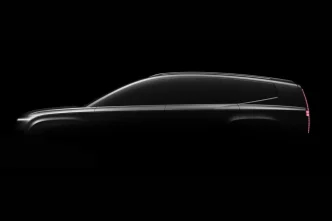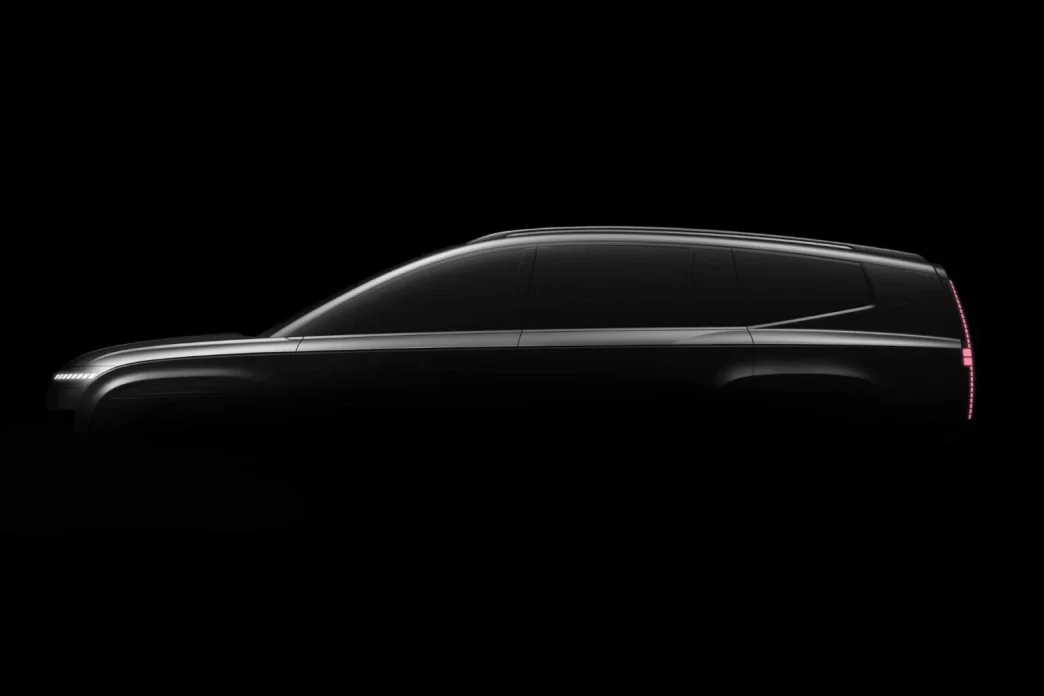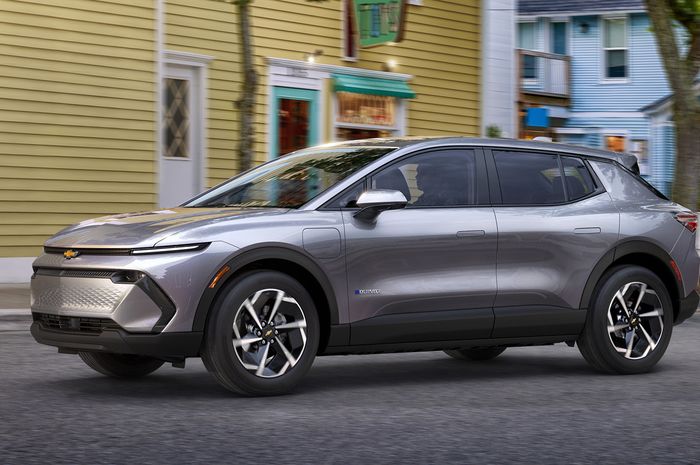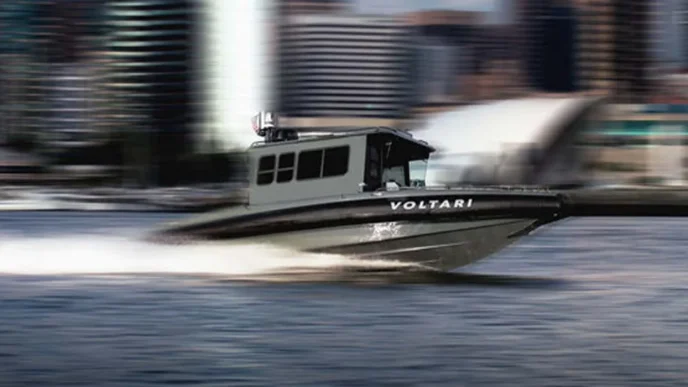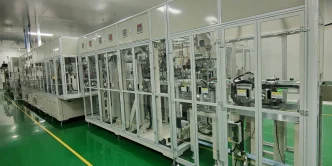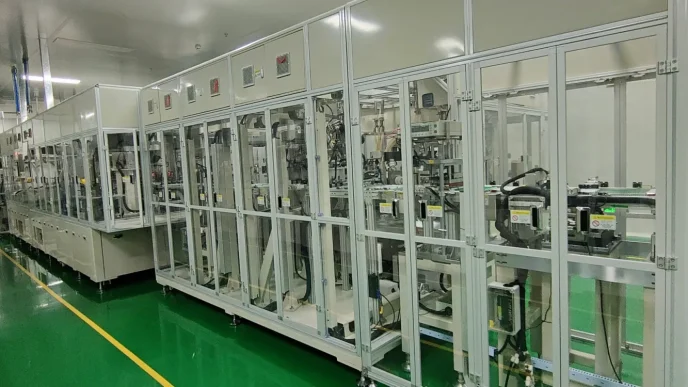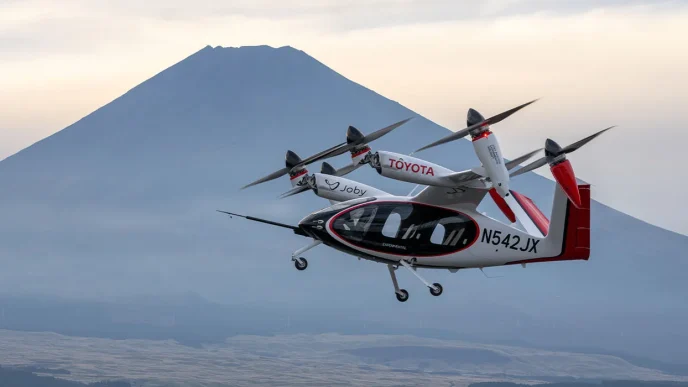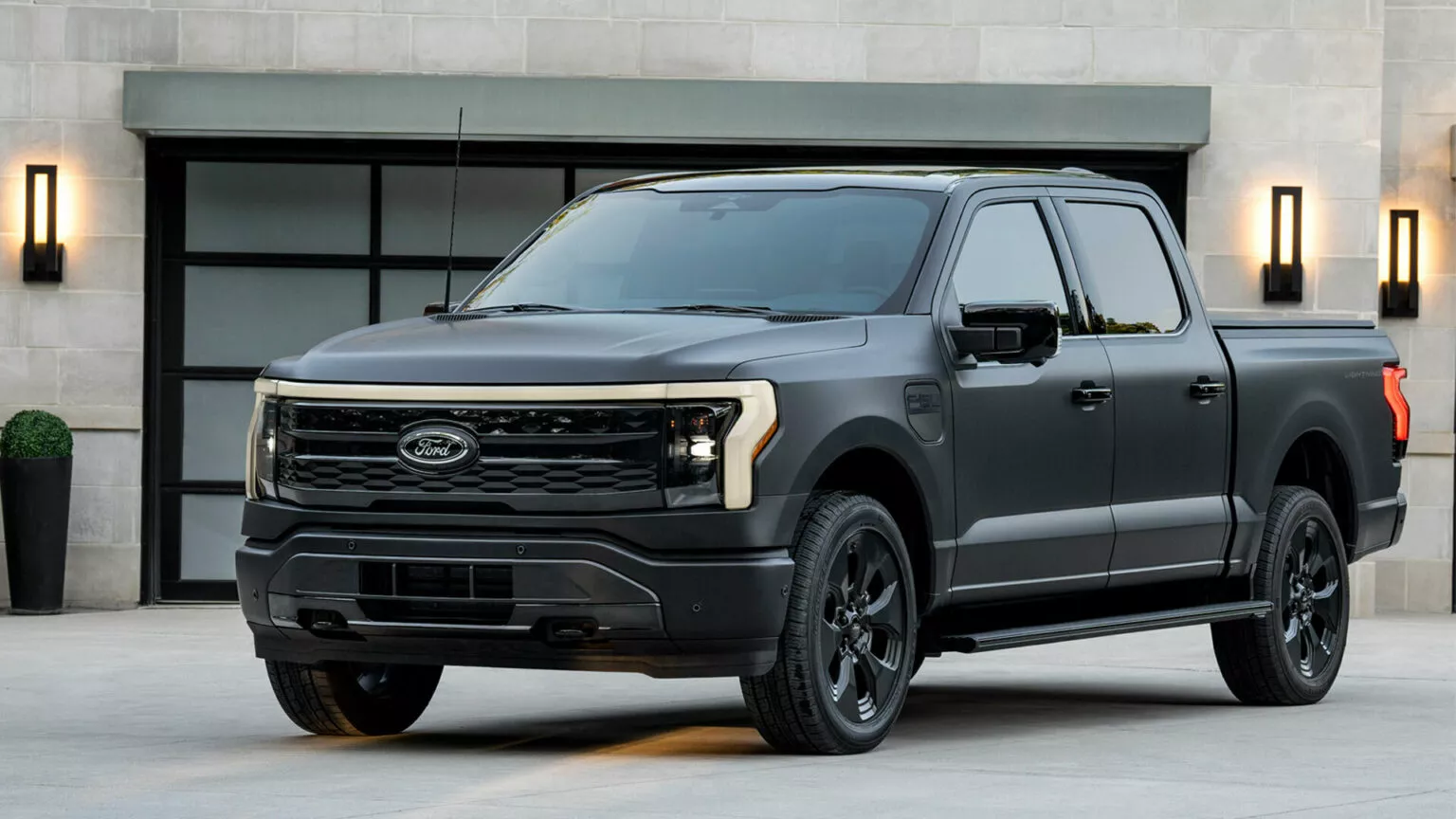Hyundai continues to make waves in the electric vehicle (EV) market, having secured consecutive World Car of the Year awards with its Ioniq 5 and Ioniq 6 models. The next chapter in this successful lineup is the upcoming Hyundai Ioniq 9, a large, family-friendly electric crossover that is poised to compete with models like the Kia EV9 and the Hyundai Palisade.
Insights into this new SUV were unveiled during Hyundai’s CEO Investor Day event in August, where Jae Hoon Chang, Hyundai’s CEO, confirmed crucial details about the Ioniq 9’s development and its significance in the automaker’s EV strategy.
One of the most notable announcements was the vehicle’s official name: Hyundai Ioniq 9, which reflects a shift from its previous designation as Ioniq 7, potentially to align with the positive reception of the Kia EV9. Additionally, the Ioniq 9 will be manufactured at Hyundai’s new Georgia Metaplant in the United States, alongside the Ioniq 5.
This production strategy not only enhances Hyundai’s domestic manufacturing capabilities but also positions the Ioniq 9 to qualify for U.S. tax incentives. The public will get a closer look at the Ioniq 9 at the upcoming Los Angeles Auto Show, set to take place from November 22 to December 1.
The Ioniq 9 is designed to be a large, three-row SUV, boasting a 126-inch wheelbase that is four inches longer than the Kia EV9, though production models may share a similar design language with their Kia counterparts.
While the Ioniq Seven concept featured innovative elements such as rear-hinged coach doors and a lounge-style interior, recent spy shots suggest a more conventional SUV aesthetic for the Ioniq 9. Nevertheless, expect to see signature features like Hyundai’s parametric pixel lighting and a commitment to sustainable materials in the final production version.
Like its predecessors, the Ioniq 9 is anticipated to utilize Hyundai’s Electric-Global Modular Platform (E-GMP), although specific powertrain details have yet to be disclosed. Given Kia’s established powertrain lineup for the EV9—which includes a rear-wheel-drive (RWD) base model with 215 horsepower, a long-range RWD version, and a dual-motor all-wheel-drive (AWD) variant with 379 horsepower—the Ioniq 9 could inherit similar options.
With an estimated range of up to 304 miles and an advanced 800V architecture allowing rapid charging, the Ioniq 9 is expected to provide impressive performance metrics. Fast charging capabilities are projected to match the EV9, allowing for a 10-80% charge in approximately 24 minutes.
Pricing for the Ioniq 9 has yet to be officially announced, but expectations suggest it will be considerably higher than that of the combustion-engine Palisade, which retails between $36,000 and $54,000. Anticipated starting prices may align with the Kia EV9, which begins at $54,900 and can reach up to $73,900 in top trims. As a result, the Ioniq 9 could emerge as Hyundai’s most premium offering, surpassing even the high-performance Ioniq 5 N.
While Hyundai has confirmed a world premiere for the Ioniq 9 later in 2024, industry sources report that its production version may debut at the Los Angeles Auto Show. However, a delay in availability for U.S. dealerships is likely, as the Georgia Metaplant is expected to break ground in late 2024. Consequently, projections indicate that the Ioniq 9 will be available around mid-2025, likely as a 2026 model.

